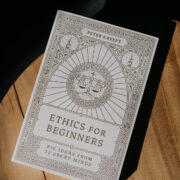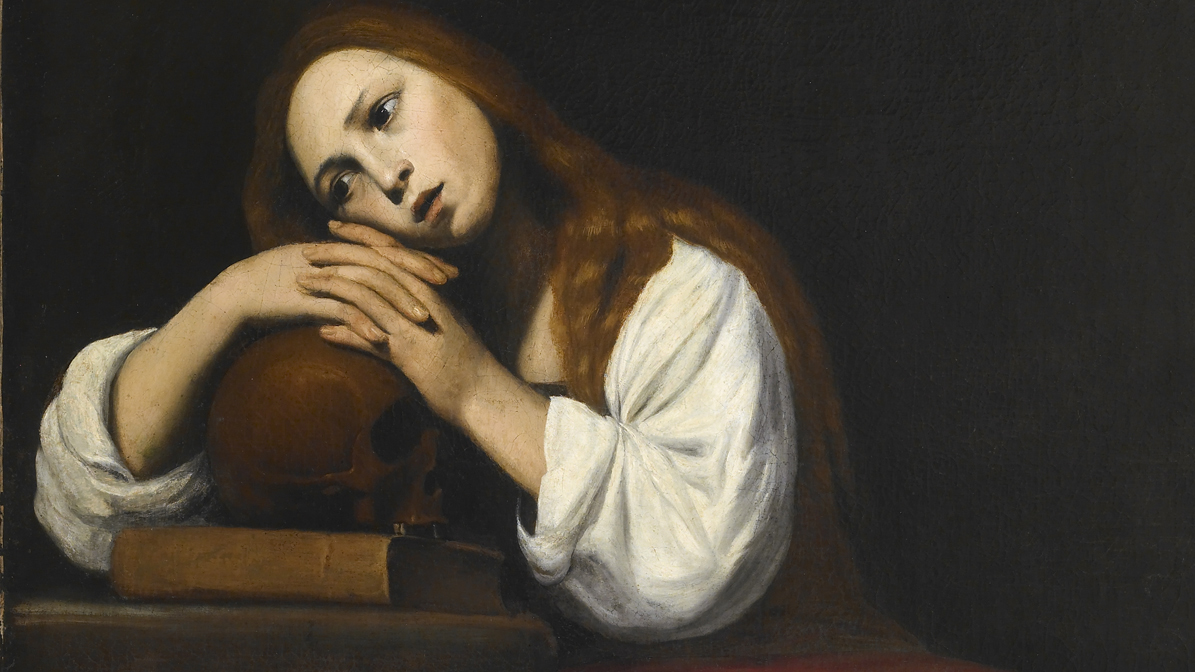The Feast of St. Mary Magdalene on July 22 has graced the Roman Calendar for only several years, but it immediately became popular with many Catholics who have long understood her broad and valuable spiritual example.
Pope Francis elevated her celebration to a feast on June 3, 2016, which was also the feast of the Sacred Heart of Jesus. In the West, since Gregory the Great, ecclesial tradition has long identified Mary Magdalene to be the same woman who anointed Jesus’ feet with alabaster oil and the sister of Lazarus and Martha. Often depicted with long flowing hair, clinging to a cross or holding a spikenard of oil, the characterization of this Mary has been one of servanthood, redemption, evangelization, and ultimately, a particular witness of the Paschal Mystery.
The very first mention of Mary Magdalene is often missed. In Luke 8:1-3, the writer notes that the twelve disciples were with Jesus: “Mary, called Magdalene, from whom seven demons had gone out, Joanna, the wife of Herod’s steward Chuza, Susanna, and many others who provided for them out of their resources.”
These three verses from Luke are often overlooked but should not be. The first thing to note is that women were a part of Jesus’ inner circle. This was quite radical for the time, as early rabbinic documents cautioned against speaking to women at all. (Think of the reaction in John 4:27 when the disciples returned to find Jesus speaking with the Samaritan woman at the well.) Not only were women a significant part of the ministry, but they sustained and cared for the disciples. Some translations say that they ministered to them.
When the women with Jesus are acknowledged, only three of them are identified outright—one by name alone, one by her spousal relationship, and Mary Magdalene by the affliction that Christ delivered her from. Why identify someone by their affliction? As it is with all of us, the greater the affliction, the even greater the deliverance. I couldn’t help but note the term “seven demons”: “the same number as the Holy Spirit has gifts to give.” (Three Women and the Lord, Adrienne von Speyr).
She was ready to give it all away.
Mary Magdalene later appears in Scripture at the home of Simon of Bethany when she interrupted the dinner to anoint the feet of Jesus with expensive nard. This interruption illustrates the proper orientation for all of our hearts, male and female. In the Gospel accounts, Matthew, Mark, and Luke recall Jesus speaking of the anointing as a preparation for burial. It is as if to say that Mary was already preparing for the Paschal Mystery. Her deliverance from possession and the great love that she had is well noted in the Gospel of Luke. “Her sins, which were many, have been forgiven, hence she has shown great love” (Luke 7:47). It was not the act of the anointing that delivered Mary. She had already been forgiven. The anointing was the natural manifestation of the love she had already experienced. She was ready to give it all away.
This is not the only time that she is found at the feet of Jesus. From the moment of her salvation, Mary Magdalene placed herself there, following behind him in his three years of ministry, listening to him while Martha was distracted by her tasks (Luke 10:38-42), weeping when her brother Lazarus died (John 11:33), and bending to look into the tomb (John 20:11). Her posture toward Christ is always the same: seeking him, loving him, and finding him, for he is always near to her, as he is near to you, and to me. It is in this humble posture that the Magdalene is able to see with her eyes and heart what many failed to see: that there is only need of one thing, and that one thing is a life that is fully centered in Jesus Christ.
Mary Magdalene also teaches us the great cost of such a Christ-centered life. When our hearts are focused on Jesus, the things that formerly held such value in this world quickly lose their luster in the weight of his gaze. We will desire to be poured out, to be embarrassed for him, to be scorned for him, to give it all away in service to him. This life of self-donation inevitably leads us to the cross.
All four Gospels make note of the women standing afar from the cross, including Mary the mother of Jesus and Mary Magdalene. A life of true evangelization always makes us intimate with suffering and, as we inch closer to the cross, the crowds around us will scatter and lessen. It is easy to follow along amidst the joy and gladness of miracles, of bright lights, of fame and notoriety; but the journey becomes wearying and the company grows thin when the life of faith begins to include suffering, the burden of carrying a cross, and inevitably the death of self.

But Mary Magdalene knew all of this. She had already given the most valuable thing in her possession: not the alabaster oil but her whole life and love, down to her very essence. She followed him to his death and was found weeping at the entrance of his tomb. She is a trustworthy guide for the rest of us.
In the Gospel of John, the risen Lord asks Mary why she is weeping, and at that moment, she thinks that he is the gardener. The great irony of this is that Jesus actually is the gardener. He is the great gardener returning to the earth to put in right order what was disordered in the first garden. He sows the seeds of redemption into the heart of Mary Magdalene, telling her not to cling to him but to go and tell everyone that he has returned.
In many ways, she is the blueprint for the making of great evangelizers, for an evangelist must live in such a way that the Gospel is preached no matter the cost. Living a life of complete self-donation and of total Christ-centeredness will cost us all that the world has to offer, but it will inevitably lead us over and over again to the same garden of the Resurrection.
We will join Mary Magdalene, the Apostle to the Apostles, in the redemption song she gave breath to, consisting of a mere five words. Five words that transformed the darkness of death into redeeming light and should be echoed at the beginning of every salvation story: “I have seen the Lord!” (John 20:18).
St. Mary Magdalene, pray for us!
This piece was originally published on July 22, 2020 on WordonFire.org.
